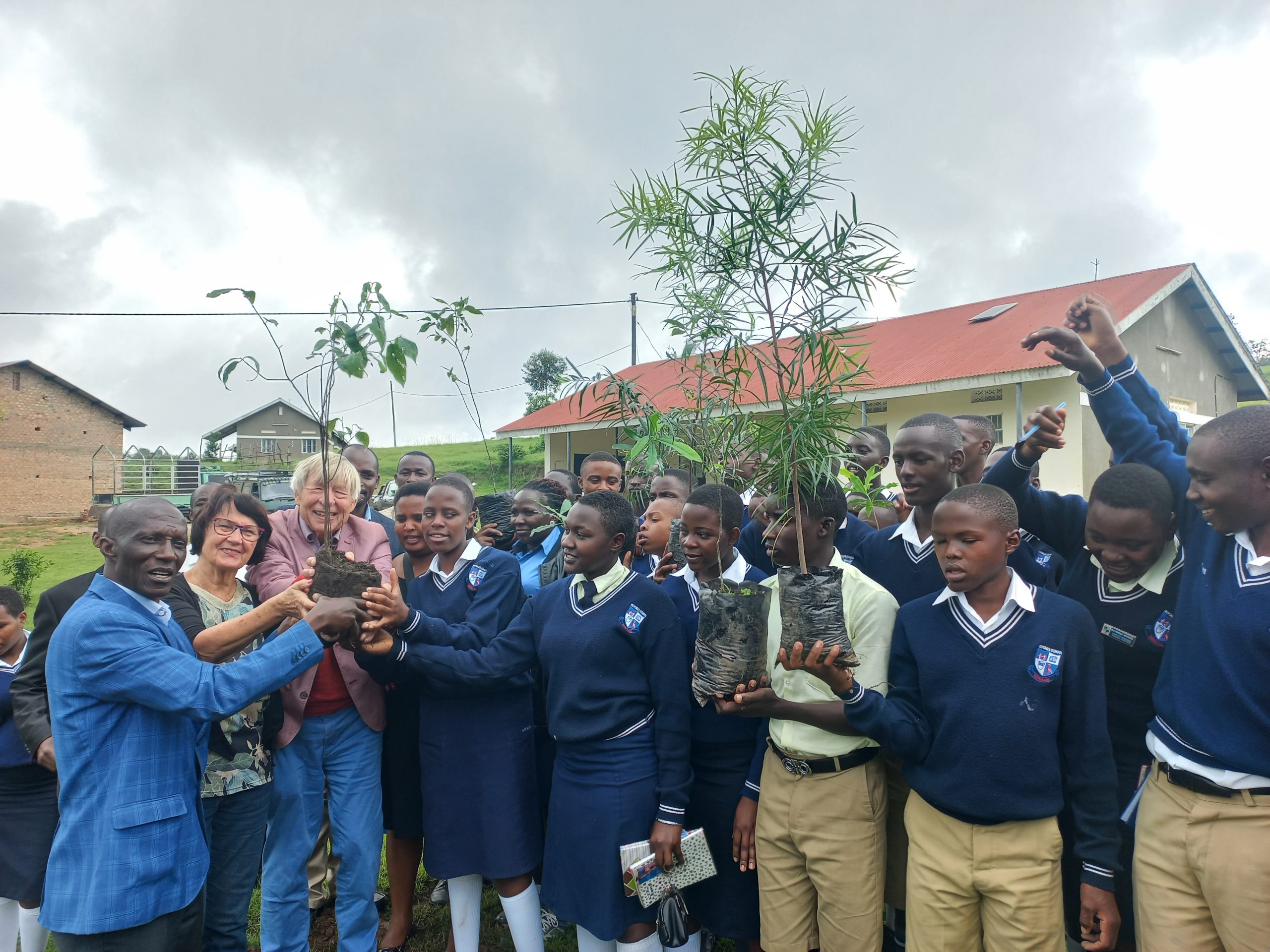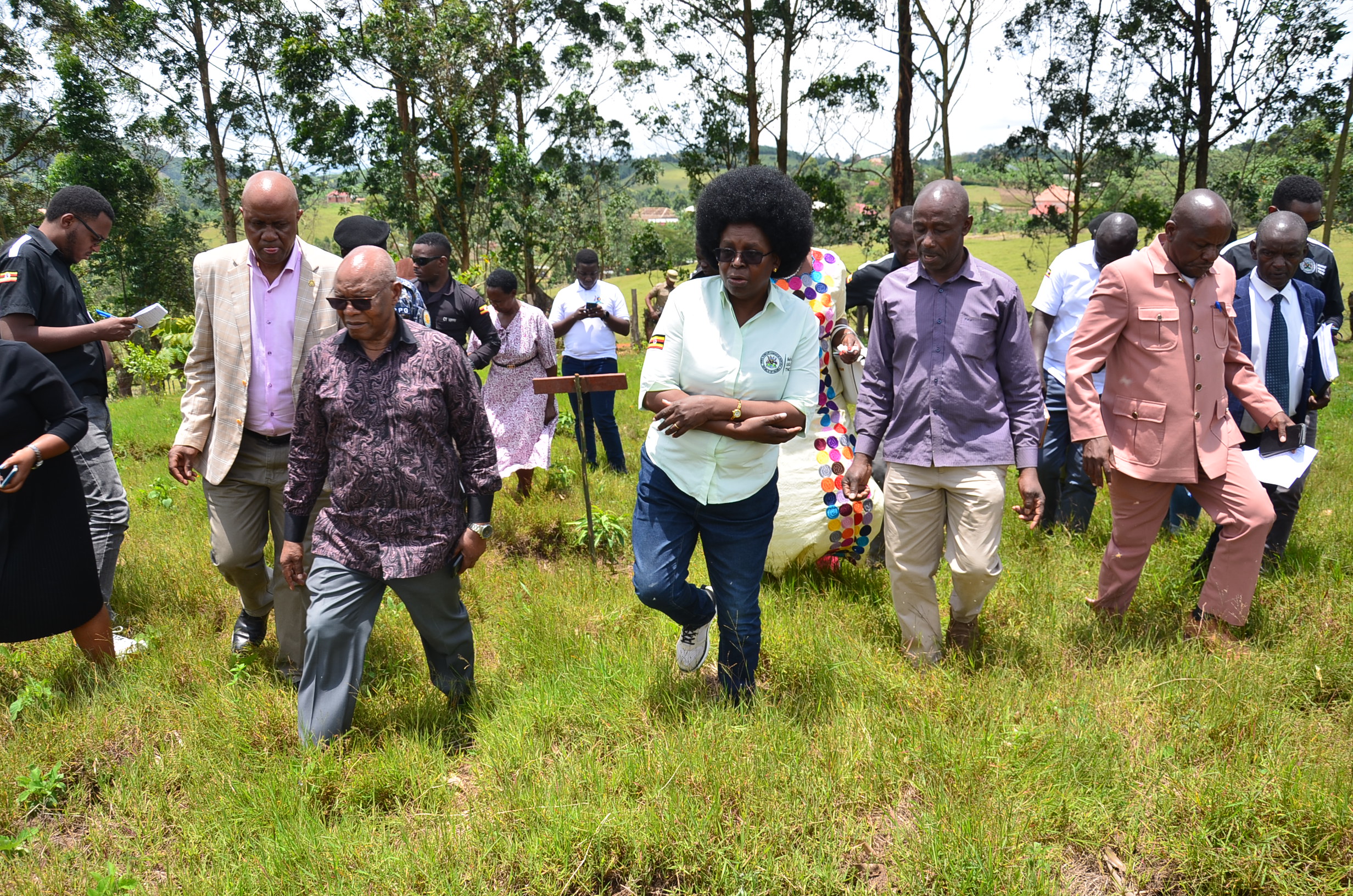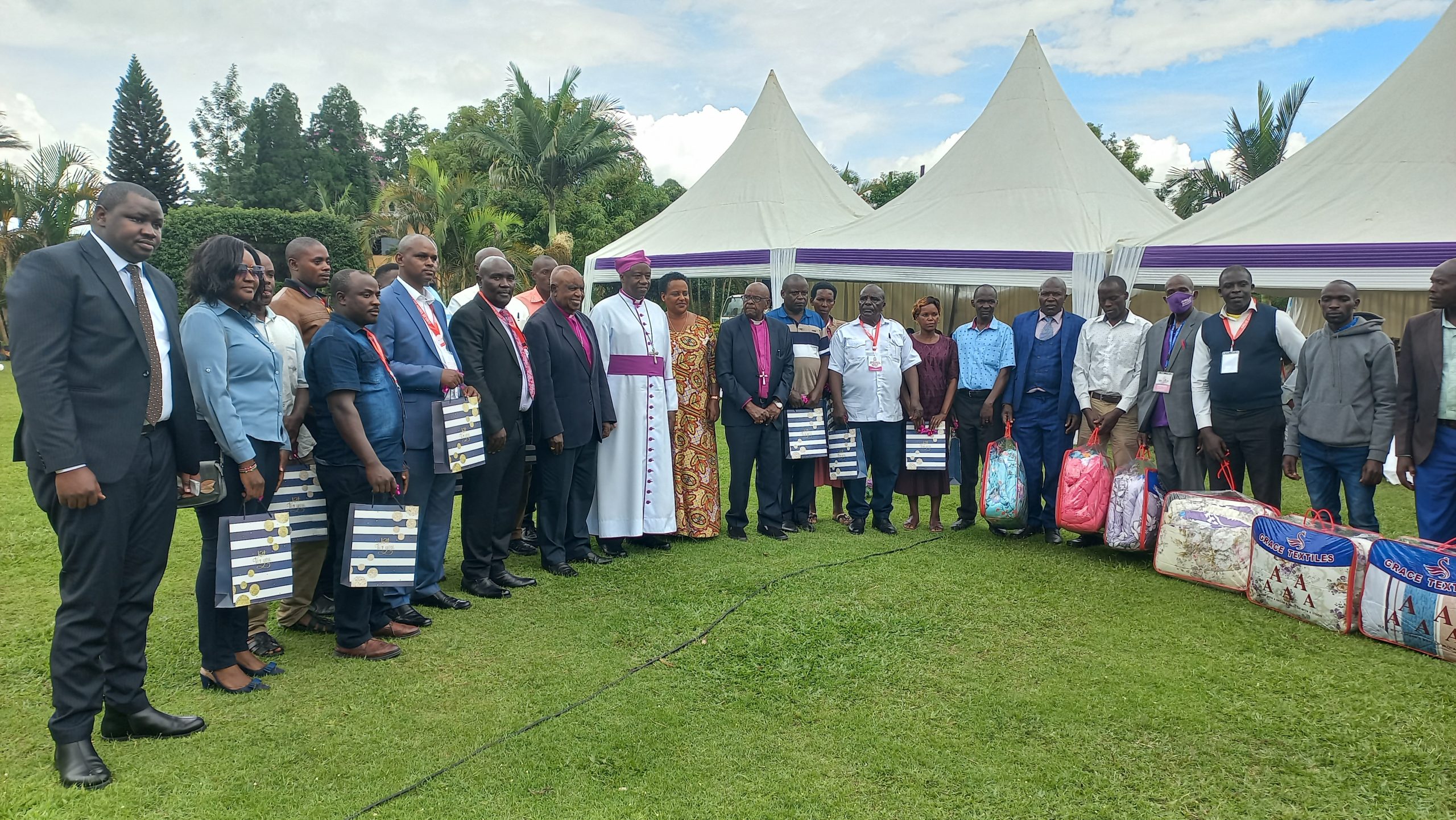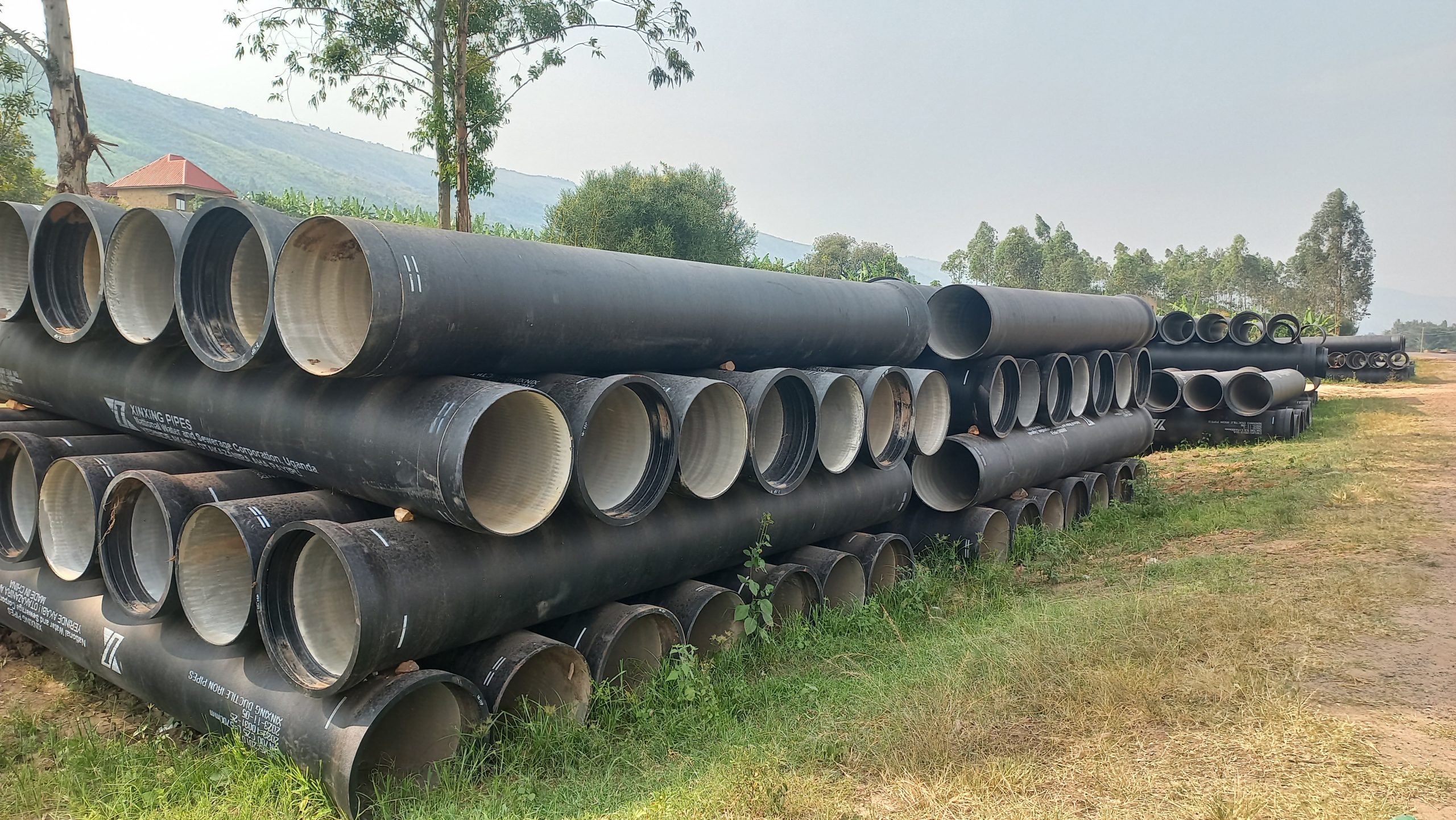By Micheal Atwebembeire
District Forestry officer-Bushenyi
Forests and trees provide a wide range of benefits to human kind. These benefits can be categorized as Commercial, Ecological, or Cultural/Spiritual benefits.
The benefits from these trees can be derived as either tree products or services.Methods to obtain these products and services can either be destructive, where the tree is cut down to obtain the product or non-destructive where the tree doesn’t have to be cut down while obtaining the product or service.
Over the years, people have been looking more at the value of the tree as provision of Timber, Charcoal and firewood and other products whose extraction leads to destruction of the tree. This article highlights those products and services whose value and significance has not been well appreciated due to their non-quantifiable nature and their indirect contribution to the economy.
However the consequences due to absence of these services are dire and directly impact the economy adversely. These products and services are obtained without the need to cut the tree and they include the following;
Reduction in people’s exposure to water borne pollutants. Storm water runoff can increase people’s exposure to pollution. However, where trees are planted, these trees can intercept and filter this storm water there by improving the quality of the runoff water which can then be released by the trees into water ways when it is cooler and with fewer pollutants.
Improving property value. Properties and structures situated in areas with well-planned tree planting have higher values compared to those in bare landscapes. This is attributed to the serene environment and the aesthetic beauty provided by the trees.
Removal of air pollution. In industrialized urban areas, air pollution is inevitable. These pollutants such as carbon monoxide, sulphur dioxide and others pose a serious risk to human health. However tree planting in these areas is capable of removing tones of such pollutants thus reducing on the health risk of people residing in these areas.
Atmospheric heat reduction. With increasing global temperatures, increase in heat and heat related problems pose a very serious threat to human health especially in urban areas given the dense population in urban and peri-urban settlements. Well planned urban tree planting can help ameliorate some of the heat on the urban dwellers there by consequently reducing on the risks of heat related health problems.
Provision of nutritious foods sourc. Trees especially fruit trees within well-established orchards can provide food rich in nutrients to people within and around the planted areas there by improving food security and promoting the well-being of the people.
Well planned tree and forest planting can act as stress reliever. Studies have shown that presence of trees urban settlements improves mental health by reducing stress. This was demonstrated in lower levels of stress hormone cortisol in people living in areas with more green spaces. According to the study, when people are exposed to nature, they experience increased vigor and decreased depression.
Promoting a strong economy. Trees improve the value of the properties where they are well planted. The improved value builds stronger neighborhoods and vibrant communities with better facilities such as schools and health care units there by improving the health and status of the dwellers. Additionally, by reducing and /or preventing health related problems through cleaning both the air and water for people’s consumption, trees promotes and improves the health and productivity of the populationthere by saving the government of the resources which would have otherwise been spent to treat ailments emanating from pollutants.
Prevention and/or treatment of certain ailments. Plant extracts from some trees contain chemical compounds which are capable of preventing or treating certain ailments. For example the famous ‘’Covidex tree’’ (Warbugiaugandesis) and PrunusAfricana whose extracts have been used as support treatment for COVID-19 and prostate cancer respectively.

Trees can be used to mark important events as well as recording the history of institutions and families as they grow and develop alongside the family and institution. For example every time a child is born in a family a tree can be planted, like wise at every event in an Institution trees can be planted to mark and track the history of such events.
Trees can perform judicial functions for example, appropriate trees can be planted to mark land boundaries and this helps in prevention and/or resolving land disputes.
With increased mobilization and sensitization of the masses about the products and services we obtain from trees without the need to cut the tree as opposed to only looking at Timber Charcoal, and Firewood, the population will appreciate the significance of the benefits obtained without necessarily cutting down the trees. Consequently more trees shall be planted than are being cut. Ends.









